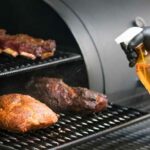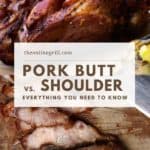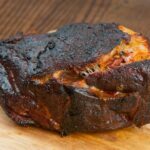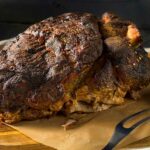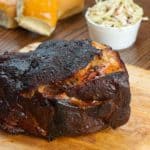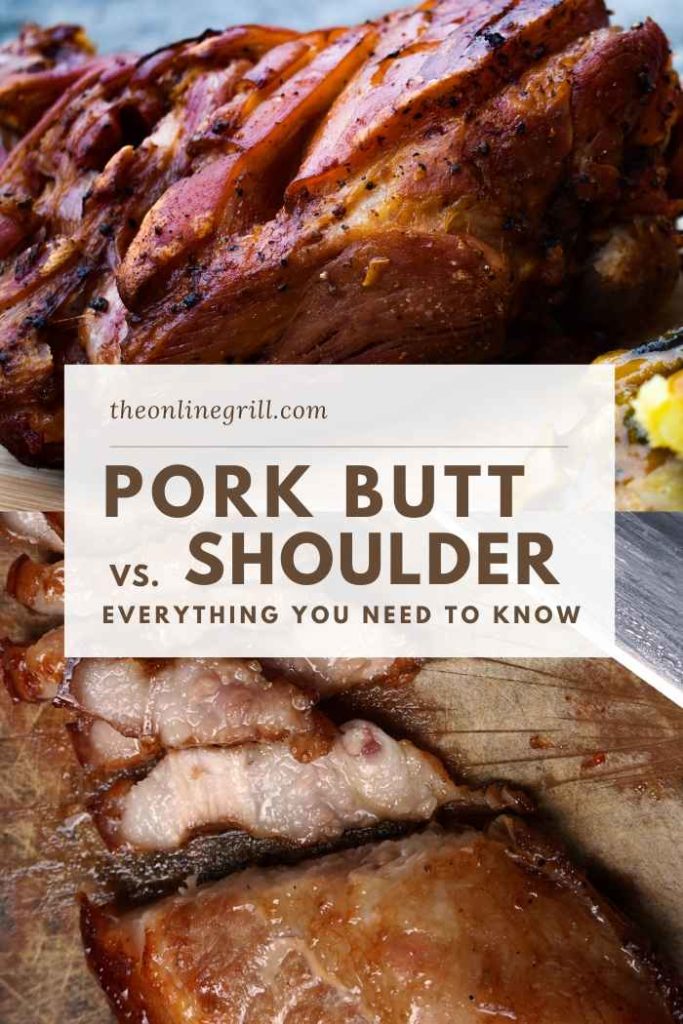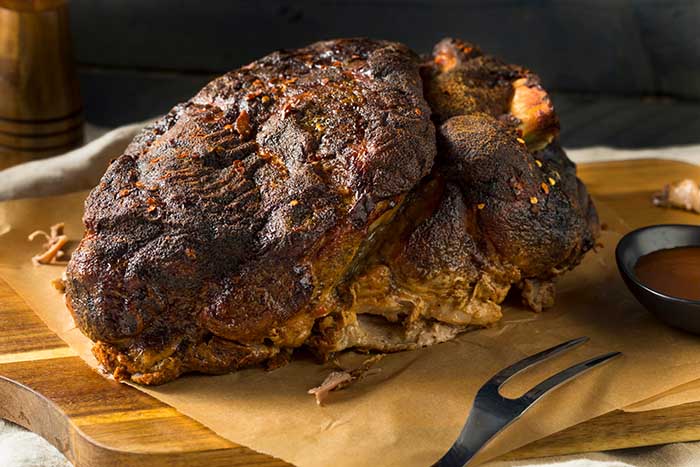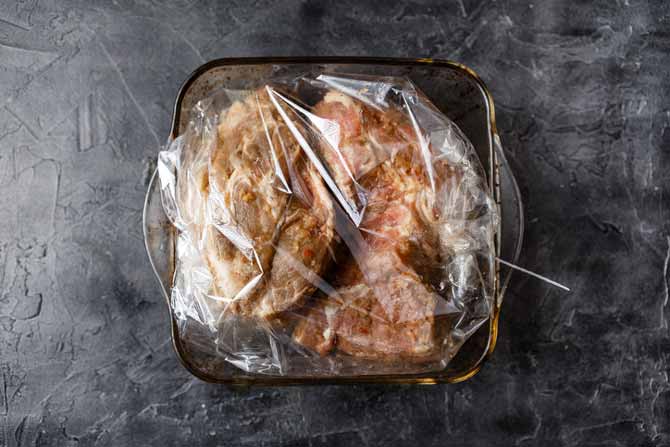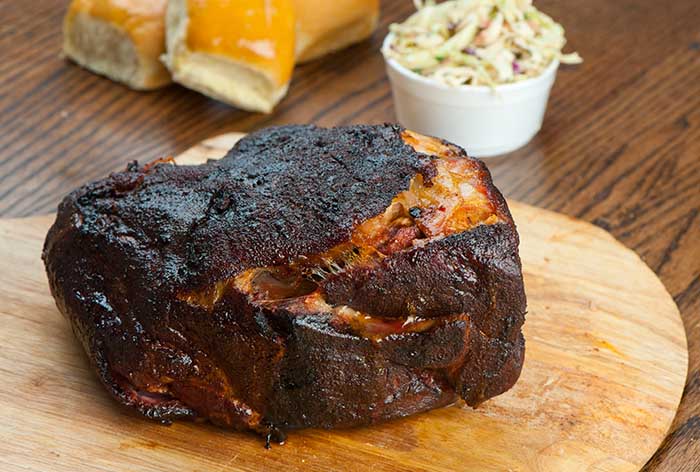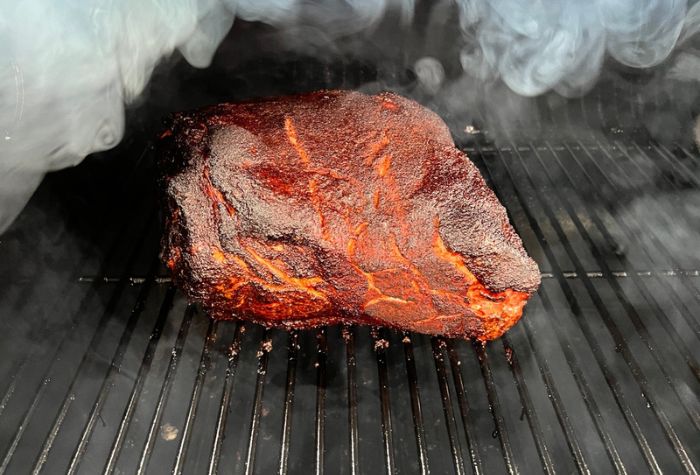The pork ‘money muscle’ is tender and beautifully marbled with fat, that will give you melt-in-your-mouth flavor unlike anything else. Here’s everything you need to know about one of the best parts of the pork butt or shoulder.
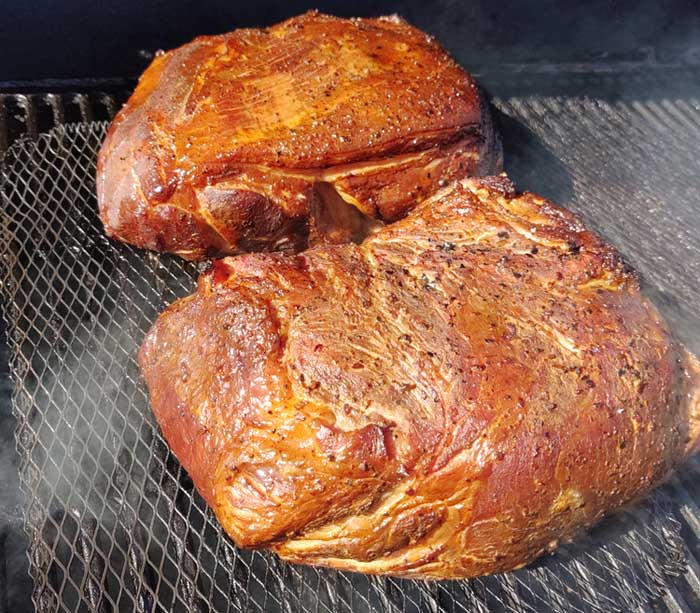
If you’re a fan of smoked pork shoulder or Boston Butt (let’s be honest, who isn’t?), you might have heard the term ‘money muscle’. You might have seen it mentioned in smoking recipes, or maybe you’re lucky enough to have eaten it.
Barbecue veterans and pitmasters around this world revere this section of the pork shoulder as the gold standard of pork cuts. It’s tender, delicious, and arguably the best part of the pig.
But what exactly is the money muscle? Where in the pork shoulder can we find it? Our pork meat guide is here to show you everything you need to know, as well as how to carve it and some smoking ideas so you can make the most of it.
What is the Money Muscle?
The money muscle is a small part of the pork shoulder (also called the ‘butt’) that sits at one end of the cut. It’s highly revered among BBQ pros and pitmasters, and is often thought of the best part of the pig. Hence the name ‘money muscle’.
The money muscle is part of the pork shoulder or pork butt and is the section found on the opposite end to the bone. It’s found high on the shoulder (hence the phrase ‘eating high on the hog’), and is where the start of the loin is.
It’s similar in appearance to pork loin, with it being cylinder-like in shape and just a couple of inches thick. Because it runs along the length of the pork butt, it’s also sometimes called pork collar.
When you look at it, it resembles a tube, just like a cigar. You may even describe it as being cylindrical. It is quite similar to pork loin and is often quite thick. It also has stripes of fat that run down its length, which adds to the meat’s juicy flavor. It also adds to the tenderness.
In some circles, it is called a pork collar because it can be found along the length of the butt. But don’t be fooled by the butt part of the definition. It is the upper shoulder. Most people will cut it up into medallions. It’s a great way to showcase the muscle and also how juicy your meat is.
Its delicious texture and taste, along with its prized status among seasoned pitmasters, is what’s earned it the name Money Muscle.
As much as this is a tender cut, it is not like this from the get-go. The money muscle is a load-bearing muscle, which means that it has several issues connecting to it. This, in turn, means that it has a tough texture. To get a tender texture, you will need to slow cook the meat.
The high amount of fat in the cut keeps it tender. This muscle is special because you will find that the fat marbling runs deep within the meat. This is quite rare for pork cuts, which usually have the fat on the outside and not running through the meat. This is more common with beef cuts. It is also the fat that makes this muscle tasty and full of flavor.
Even though it does better being slow-cooked, it still requires less time to cook than the rest of the butt. As such, it is recommended that you cut out the money muscle and cook it separately, with the rest of the meat. If you don’t do this, you run the risk of overcooking it.
Generally, well-worked muscles lead to tough and lean cuts of meat. In the case of the money muscle, it comes from a section of the pig that isn’t worked hard. As a result, the meat we get from it is often tender and has good marbling. Perfect for barbecue smoking.
The money muscle sometimes also goes by the name ‘tiger muscle’., thanks to the strips of fat that run vertically through it.
These strips are what make the money muscle the prized meat that it is. These strips are high in fat and connective tissue, which lend it perfectly to a low and slow cook. If you get the smoke right and cook it for several hours at the right temperature, you’ll be left with a sublime piece of meat.
The crucial thing with the money muscle is that its connective tissue and tender meat means that it cooks at a different rate to pork shoulder. This means that if you want to serve up some money muscle, you’ll need to remove it and smoke it separately.
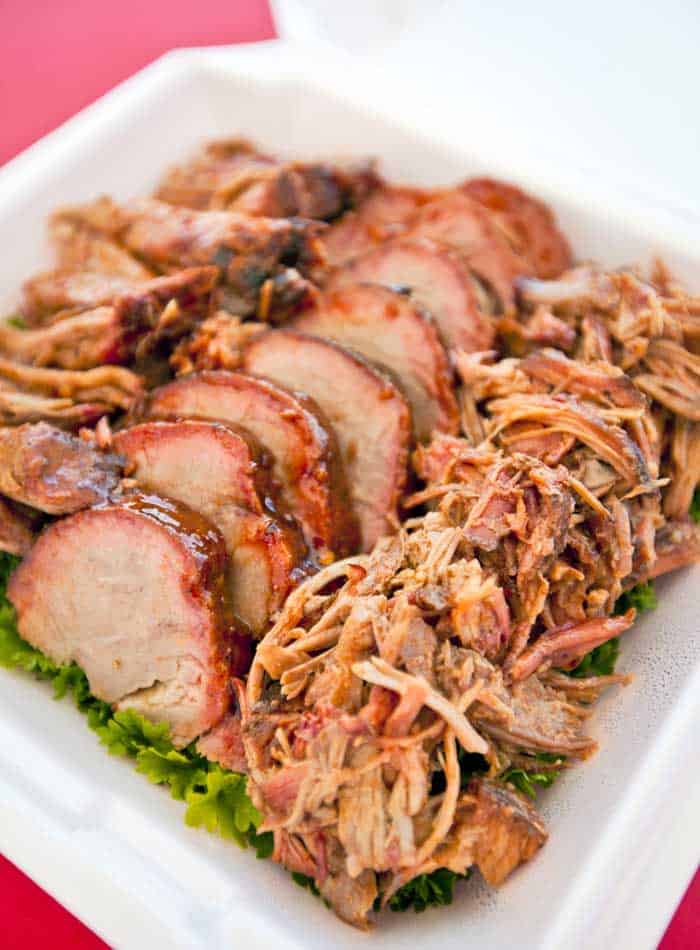
How to Remove the Money Muscle
The easiest way to find the money muscle is to first locate the bone in the pork shoulder. Once you have this, simply work your way over to the opposite side. You may need to use your hands to feel your way across until you find the firm, cylindrical strip of muscle that runs across the face of the shoulder cut.
To remove the muscle, use a sharp meat knife to carve along the fat line in the pork shoulder, ensuring that you don’t cut through the lines. This fat will help during smoking, and adding flavor and aroma to the finished product.
Once you have removed it from the shoulder, trim away any remaining excess fat on the surface of the meat. This will help expose more of it to heat as it smokes, allowing it to render better.
How to cook it
The best way to cook money muscle after you’ve removed it from the pork butt is to smoke it low and slow. You can enjoy it as it is, or as a filler for sliders or sandwiches.
With the muscle removed and trimmed in a cylindrical shape, season it with your choice of dry rub seasoning and baste it in barbecue sauce.
Place it in your smoker and cook at 250°F for about 3 hours, or until the internal temperature has reached 170°F. Spray with apple juice every 30-60 minutes. Remove from the smoker and allow to rest for 20-30 minutes. Slice into medallions and serve up.
